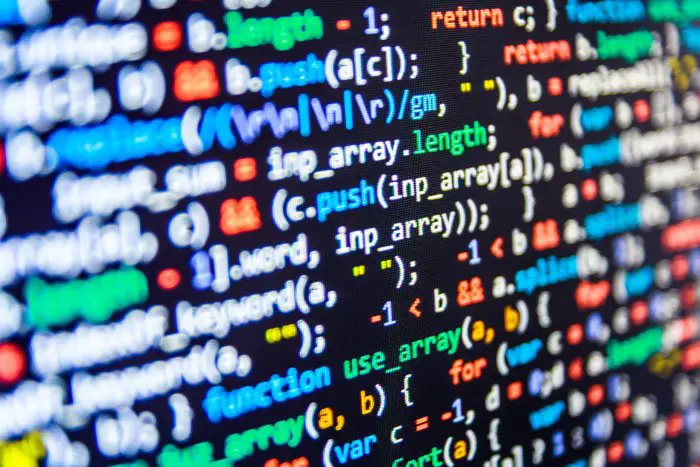Continuing with our programming series, we will talk about Function – much of all that it entails. Understanding functions is important if you want to learn how to code. The same applies to current programmers who tend to copy their code quite often to use in a different section of their work.
Learning how to use functions means the coder will know how to work more efficiently. Not only that, but the code will be easier to read, and that is a boon if you’re working in a team.
What is a Function in Programming?

In basic terms, a function is a block of code that performs various tasks. Should you need to, a function can be called and reused numerous times. To make things even more interesting, coders can pass information to a function with ease, but not only that, but it is also possible to send information right back.
At the moment, many of the popular programming languages have this feature built-in, which is expected at this point.
Now, whenever a function is called, the program usually pauses the currently running program and implements the function. The function is read from top to bottom, and once it has completed its task, the program continues from where it had paused.
Should the function send back a value, that particular value will then be used where the function was originally called.
Read: What is Java Programming language?
How to write a Void function
OK, so writing a void function is super easy and can be done in a short amount of time. Bear in mind that this function does not return a value. Let’s look at a few examples that might give you an idea of what to do.
JavaScript Example
function helloFunction(){
alert("Hello World!");
}
helloFunction();
Python Example
def helloFunction():
print("Hello World")
helloFunction()
C++ Example
#include <iostream>
using namespace std;
void helloFunction(){
cout << "Hello World!";
}
int main(){
helloFunction();
return 0;
}
Read: What is the R programming language?
How to write Functions that require a value
If you write the same piece of code several times throughout your work, then void functions are perfect. However, these functions do not change, which doesn’t make them super useful. The best way to make void functions more beneficial is to increase what they can do by sending different values to the function.
Python Example
def helloFunction(newPhrase):
print(newPhrase)
helloFunction("Our new phrase")
JavaScript Example
function helloFunction(newPhrase){
alert(newPhrase);
}
helloFunction("Our new phrase");
C++ Example
#include <iostream>
using namespace std;
void helloFunction(string newPhrase){
cout << newPhrase;
}
int main(){
helloFunction("Our new Phrase");
return 0;
}
Read: Best Programming Principles & Guidelines all Programmers should follow.
How to write a Function that returns a value
The final aspect of this article is how to write a function that returns a value. This is the way to go in most situations whenever you want to alter data before using it.
Python Example
def addingFunction(a, b): return a + b print(addingFunction(2, 4))
JavaScript Example
function addingFunction(a, b){
return a + b;
}
alert(addingFunction(2, 4));
C++ Example
#include <iostream>
using namespace std;
int addingFunction(int a, int b){
return a + b;
}
int main(){
cout << addingFunction(2, 4) ;
return 0;
}
Read: The best projects for beginner Programmers.
Have fun testing the codes we’ve listed here. We hope they will prove useful in your work.
What is a function in simple terms?
In simple terms, a function is a relationship where each input has one unique output. This means for every input value, there is exactly one corresponding output value. Functions map inputs to outputs following a specific rule, creating a consistent and predictable relationship between them.
What is an example of a function in a program?
An example of a function in a program is a sum function. Here’s a simple implementation: define a function named sum that takes two arguments. Call it using variables a and b: int a = 5; int b = 10; int c = sum(a, b);. This calls the sum function with a and b as parameters to calculate their total.
Leave a Reply